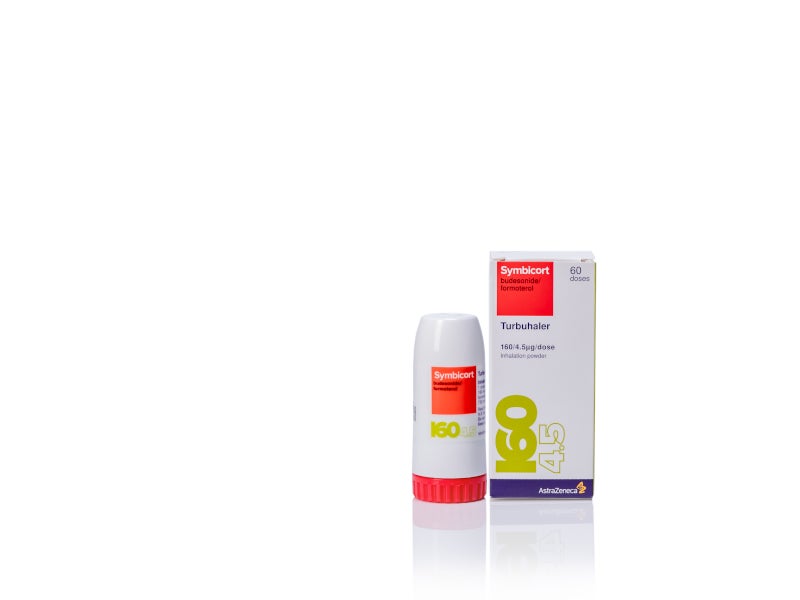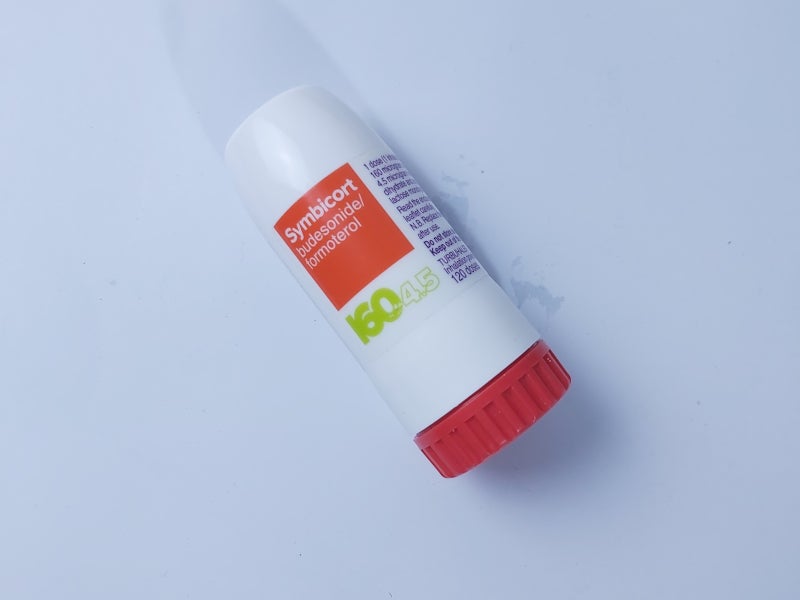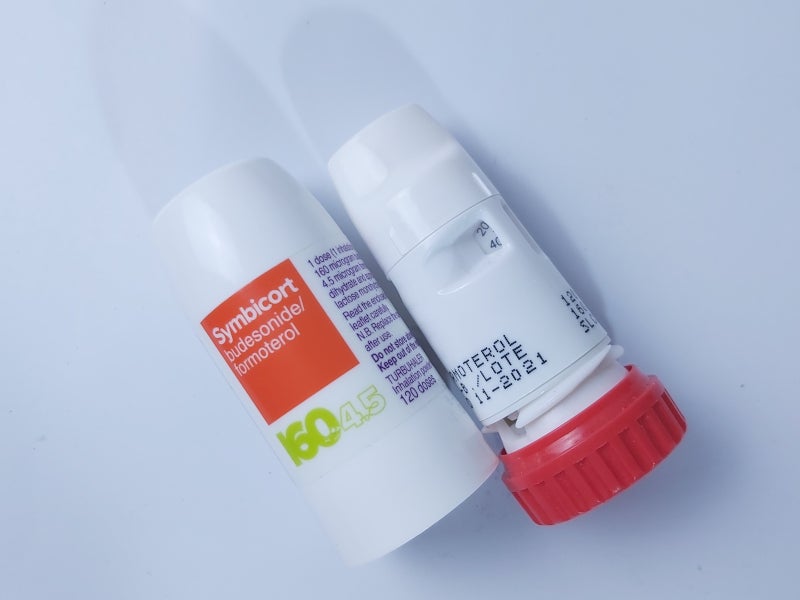Symbicort (budesonide and formoterol) is a combination drug containing an inhaled corticosteroid (ICS) and long-acting beta2-agonist (LABA) indicated for the treatment of asthma in patients aged six years and older. The drug was discovered and developed by AstraZeneca.
It is also used as a maintenance treatment of airflow obstruction in patients with chronic obstructive pulmonary disease (COPD), including chronic bronchitis and emphysema.
The drug is available as a metered-dose inhaler containing a combination of budesonide (80mcg or 160mcg) and formoterol (4.5mcg) as an inhalation aerosol.
Breyna™ is the first and only approved generic version for Symbicort developed by Mylan Pharmaceuticals.
Regulatory approval for Symbicort
Symbicort was first approved in Sweden for the treatment of asthma in August 2000 and is available for use in a pressurised metered-dose inhaler (pMDI) and Turbuhaler. It is currently available in more than 120 countries for the regular treatment of asthma and for the maintenance treatment of COPD in adults, adolescents and younger patients.
It was approved by the US FDA for the treatment of asthma in patients aged 12 years and older in July 2006. Further, Symbicort was approved in June 2009 for the maintenance treatment of airflow obstruction in adult patients suffering from COPD.
The US FDA approved Symbicort Inhalation Aerosol for the treatment of asthma in paediatric patients aged six to 12 years in January 2017. Symbicort Turbuhaler was approved in Canada for the treatment of mild persistent asthma in patients 12 years and older in September 2019.
In April 2023, the Symbicort combination asthma inhaler received approval from the Medicines and Healthcare Products Regulatory Agency (MHRA) in the UK for people with mild asthma.
Asthma causes and symptoms
Asthma is a respiratory disease characterised by recurrent breathlessness and wheezing. It is a long-term inflammatory disease involving the airways in the lungs. The disease symptoms include episodes of wheezing, coughing, chest tightness and shortness of breath.
Asthma affects more than 300 million adults and children worldwide. An estimated 6.3 million children under 18 years of age are diagnosed with asthma in the US alone. Approximately 25 million people in the US have asthma, according to the National Heart, Lung, and Blood Institute.
Symbicort’s mechanism of action
Symbicort contains two active ingredient formulations, budesonide and formoterol. Budesonide is an inhaled corticosteroid (ICS) that works by reducing and preventing respiratory tract inflammation, while formoterol is a LABA that decreases resistance in the respiratory airway and increases airflow to the lungs.
Clinical trials on Symbicort
The FDA approval for Symbicort in paediatric patients was based on a Phase III clinical study known as ChildHood Asthma Safety and Efficacy (CHASE), which enrolled paediatric asthma patients aged between six and 12 years.
The patients were administered either Symbiocort pMDI 80mcg or low-dose inhaled corticosteroid twice a day. The primary efficacy endpoint of the study was the change from baseline pre-dose to one-hour post-dose forced expiratory volume in one second (FEV1) at week 12.
The study results showed that the patients treated with Symbicort 80 / 4.5mcg delivered through pMDI demonstrated significantly better lung function. It also showed that the safety profile of the drug in paediatric patients aged six to 12 years was similar to that in patients aged 12 years and older.
The results also showed that change from baseline in one-hour post-dose peak expiratory flow (PEF) was superior in Symbicort 80mcg / 4.5mcg versus other treatments at week 12.






